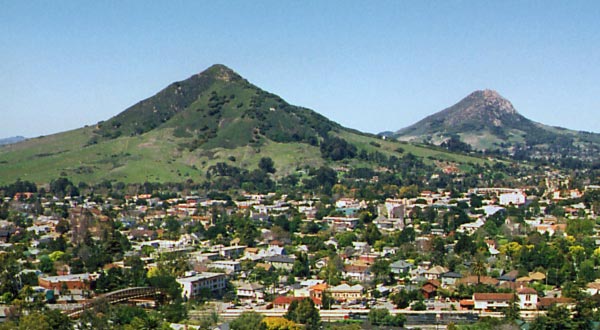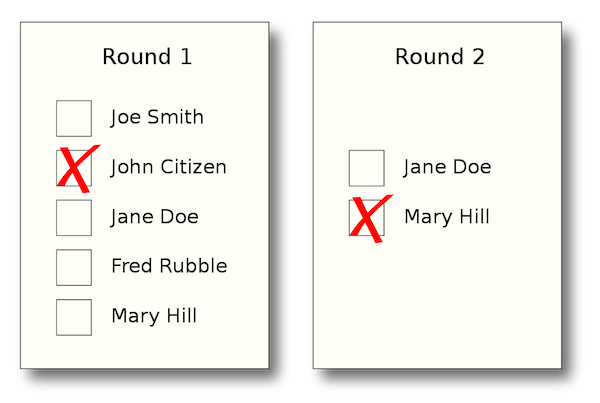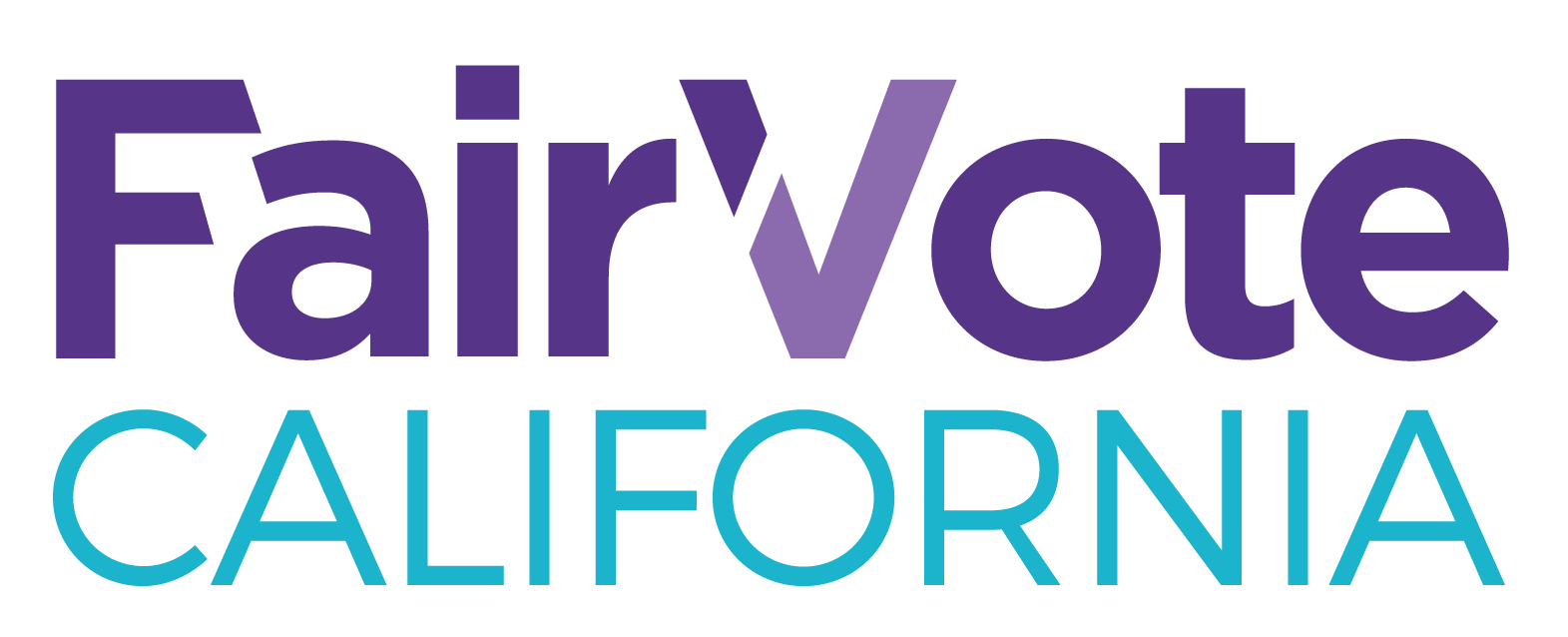San Francisco Open Source Voting System Project

What is the project? The project is for the City and County of San Francisco to develop and certify an open source paper-ballot voting system, as described in detail by a resolution passed unanimously by the San Francisco Elections Commission in November 2015.[1]
What is an open source voting system? An open source voting system is a voting system consisting of open source software running on commercial off-the-shelf (COTS, aka “commodity”) hardware. Open source software is software that is free for anyone to inspect, use, and improve.[2] The software is public and non-proprietary. The Firefox web browser and the Linux and Android operating systems are three widely used examples of open source software. Open source software is used heavily by successful technology companies large and small.
Read moreColin's Story: San Luis Obispo Election Results

I'm looking again at the election results for San Luis Obispo County, and down on page nine, you can see that the margin in our mayoral race was a mere 46 votes. That's way fewer than the 146 write-in votes. If we'd had ranked-choice voting, it's entirely possible some of those write-in voters' second choice votes could have gone to Jan Marx and swung the election.
I voted for Jan Marx, the incumbent, because I felt like she was doing a fine job, but I also supported Heidi Harmon's platform. It would have been nice if I could have cast a ballot that showed support for both of the candidates, because that ballot would have more accurately reflected my position.
Read moreWhy Ranked Choice Voting Works: Low Turnout is the Hidden Cost of Runoff Elections

Often, political pundits and the media blame voters for not turning out to vote. Just recently, Samantha Bee slammed the 12% voter turnout in the Los Angeles mayor race. Many find it easy to point to voter apathy and lack of civics education as the cause of dismal voter turnout. However, there is a major factor to low voter turnout that is often left out of the conversation: the timing of elections, especially for places that hold runoff elections.
FairVote studied the effect of a city that consolidated its runoffs. Until 2003, the city of San Francisco held its elections in a November and December runoff cycle. What we found is that prior to the introduction of ranked choice voting (RCV), many voters did not participate in the second round of voting in December, which is called a runoff election. In San Francisco – the median turnout decline for local runoffs between 2000 and 2003 was 39.5%, meaning just three in five voters who voted in the first round of voting turned out in the decisive runoff round.
Read moreLos Angeles City Election Turnout Projected to Hit Record Low, Would RCV Help?

Voter turnout in many city elections is hitting all-time lows. While there is no single reason for such declines, evidence strongly suggests ranked choice voting (RCV) does not lead to lower turnout despite some claims to the contrary, and may even provide a solution for cities like Los Angeles looking to boost turnout when paired with other common sense reforms. Indeed, adoption of RCV has allowed cities to avoid primary and runoff elections that almost always had far lower turnout than the general election.
Read moreUnderstanding Condorcet Winners and Non-Monotonicity Through the Lens of Berkeley's District 2 City Council Race
5ae7.jpg?1499269258)
Berkeley’s District 2 City Council race was one of only two Bay Area ranked choice voting (RCV) races this year to feature a come from behind victory. Cheryl Davila, a local activist, won 31% of the first round vote, unseated incumbent Darryl Moore, who won 39% of the first round vote. The key to Davila’s victory in the final “instant runoff” was obtaining nearly three out of four votes from the third place finisher, Nanci Armstrong-Temple’s, after she was eliminated. Armstrong-Temple won 29% of the vote in the first round, and 73% of her voters ranked Davila second. Davila is now the only African American woman on the Berkeley city council.
Read moreCalifornia Assemblyman Proposes Extending Voting Rights 17-Year-Olds

California Assemblyman Evan Low has introduced a measure to lower the state’s minimum voting age to 17.
“Young people are our future,” he said in an interview discussing the measure, “Lowering the voting age will help give them a voice in the democratic process and instill a lifelong habit of voting.”
Read morePress Release: Yes on Ranked Choice launches in Santa Cruz
Newly Formed Santa Cruz-based Organization Leads Charge For Better Election System
Group Aims to Place an Electoral Reform Initiative on 2018 City Ballot
Santa Cruz, CA — “Yes on Ranked Choice” is a committee seeking to change the way California votes, with a particular focus in Santa Cruz county. The group, which consists of local organizers and FairVote California, is currently working on placing a proposition on the 2018 city ballot in a response to what many voters express as frustration with the current system of having to choose the “lesser of two evils” or risk “wasting” their vote because of strategic voting.
Read moreA Crowded, Costly Special Election that Risks Low Voter Turnout - Better Elections are Possible
The race for Xavier Becerra’s former seat in the 34th Congressional District is just around the corner. Twenty-three candidates entered the race to represent the neighborhoods of Central, East, and Northeast Los Angeles. This April 4th special election sets up challenging dynamics -- and a June 6th runoff will postpone voters in the 34th district having a true voice.
Most obviously, the large field makes it difficult to achieve a majority win for the community. Voters will likely split their votes among the 23 candidates running, and none will come close to receiving 50% of support. This means the state will need to hold two elections -- an initial “primary” to narrow the field to two, and then a “general” election to determine a majority winner, which will cost taxpayers more than $1.3 million to cast and count.
Read moreEvery RCV Election in the Bay Area So Far Has Produced Condorcet Winners
There are numerous ways to assess an electoral system. Mathematicians and political scientists have developed hundreds of different criteria, with the most common including the majority criterion, the later-no-harm criterion and the Condorcet winner criterion.
The Condorcet winner criterion is one of the most common criteria. It states that the candidate who would win a one-on-one matchup against any other candidate should win the election. The frequency with which an electoral system elects Condorcet winners is a good measure of whether the election system reflects the political center of a given electorate, since a Condorcet winner, by definition, has to be able to win over a majority of the electorate regardless of alternative choices.
A system that more often elects Condorcet winners will less often elect a candidate disliked by the majority of voters--an outcome that US voters in plurality elections and low turnout runoffs know all too well. It is hard to estimate how many US elections using plurality and runoff systems elect candidates disliked by a majority of voters, but we all have anecdotes of reviled politicians who somehow manage to keep being re-elected.
Read moreWith Your Support, We’re Ready for 2017!
Dear Friends,
We hope you’re enjoying this holiday season with family and friends! As the year is coming to a close, I’ve continued to process this most recent election and we can all agree this is an incredibly unique time in our history. It is clear, voters want and need real choices that truly reflect our diverse communities. We need to be free to vote for the candidates we like the best without worrying that we’ll help to elect the candidates we like the least.
Will you join us at FairVote California and donate a start-up gift?
Read more